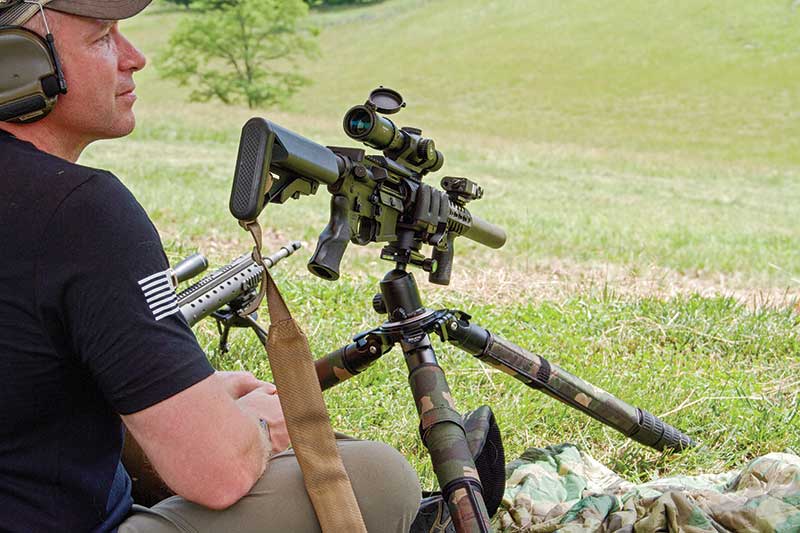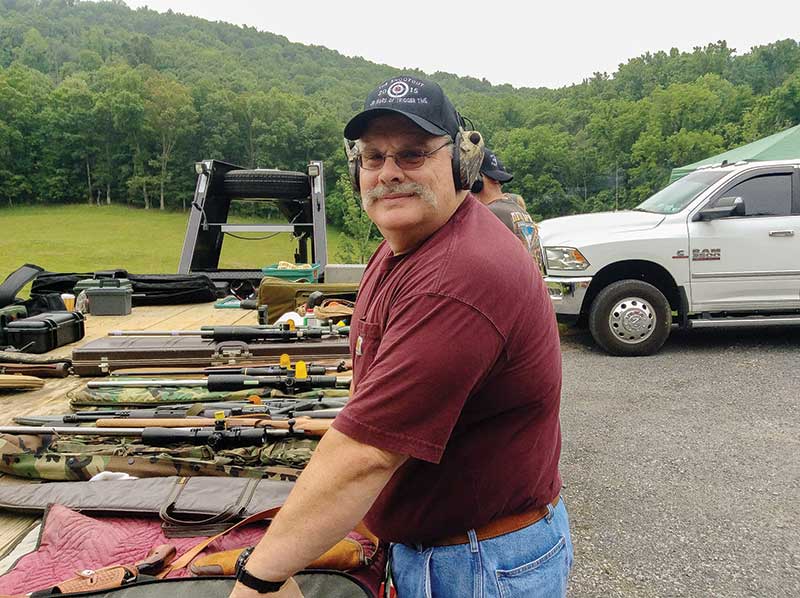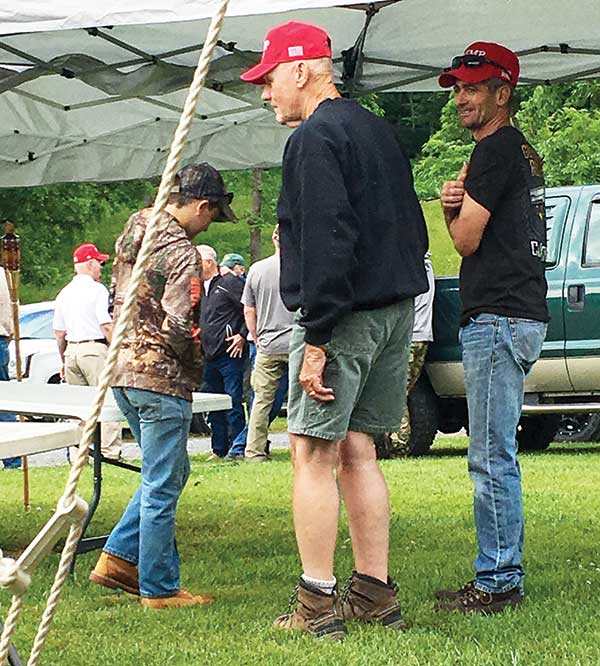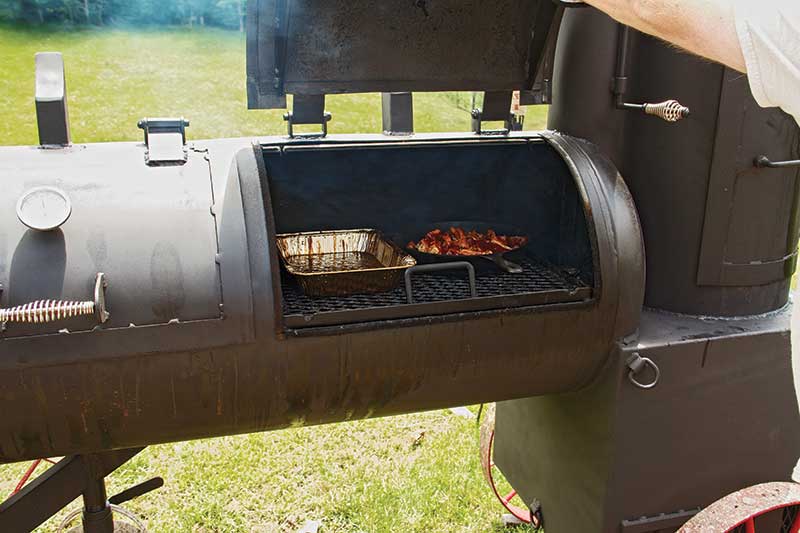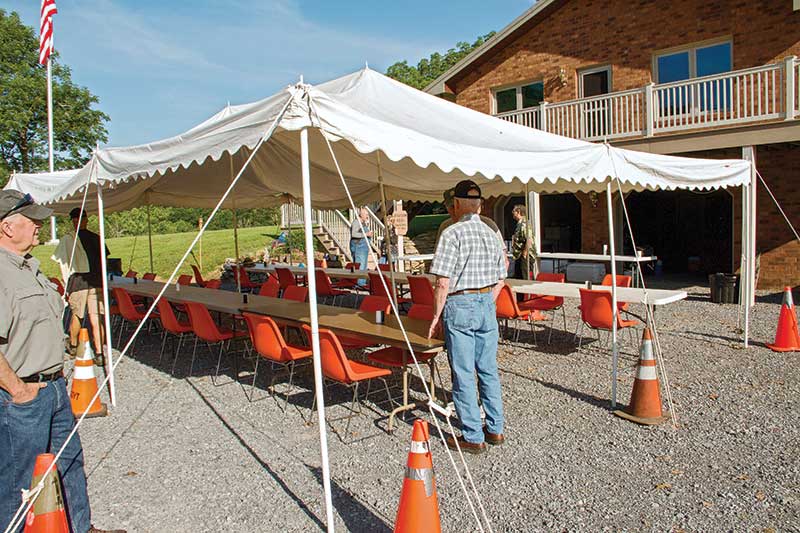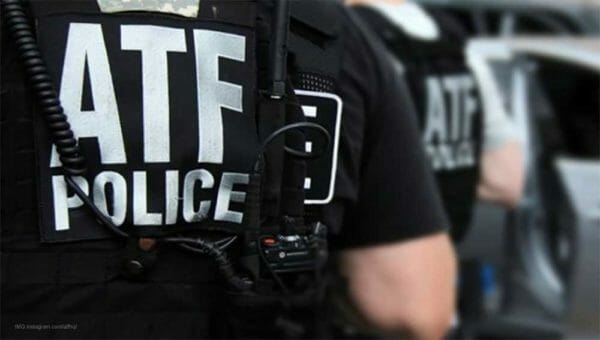
Some may take umbrage with my assertion, but I would propose that the human female is the most complex organism in the known universe. Stealth bombers, robot Mars rovers, and quantum computers don’t even come close. After a literal lifetime of study I can honestly say that I have no idea what makes girls tick. I am deeply thankful for the fairer half of the human population, but I will never consider myself an expert in the field of female relations. My wife would likely rate me a solid marginal. I think I should get an “A” for effort.

Despite whatever challenges I might have interacting with women, Marc Lépine was far worse. Born in 1964 as Gamil Rodrigue Liass Gharbi in Montreal, Quebec, Marc was the son of an Algerian immigrant named Rachid Liass Gharbi and Canadian nurse Monique Lépine. He had one younger sister named Nadia. For a variety of very good reasons, Marc had daddy issues.

Monique was a former Catholic nun who rejected all religion after leaving the convent. Rachid was a non-pious Muslim. Mom later described Marc as “a confirmed atheist all his life.” Rachid started running around on Monique while on business trips, and things spiraled from there.

Rachid was a vile, violent, overbearing man who physically abused both his wife and his kids. He and Monique divorced, but things didn’t get much better. Rachid defaulted on his mortgage, and the family lost their home and most of their possessions. When he came of age Gamil Rodrigue Liass Gharbi changed his named to Marc Lépine to spite his reprobate father.

In his youth, Marc was described as reserved, quiet, and uncommunicative. His sister Nadia mocked him mercilessly in public over both his acne and his inability to secure a girlfriend. This precipitated a deep-seeded hatred. Marc once dug a faux grave for her in the backyard of the house where they were staying. He was thrilled when she was remanded to a group home for drug abuse and chronic delinquency. Nadia died of a cocaine overdose in 1996 at age 28.

To make things worse, there were rumors that Marc might have been molested as part of a Big Brother after-school program. Along the way he acquired an air rifle and slaughtered pigeons wholesale in the neighborhood where he lived. He developed a fascination with World War 2 and openly praised Adolf Hitler. In 1981 at age 17 Marc applied for a position as an officer cadet in the Canadian military but was rejected. A subsequent statement from the Canadian Army explained that he was “interviewed, assessed, and found to be unsuitable.”

So here we have a kid with some suboptimal raw material raised in some of the most ghastly conditions imaginable. He hated his family and distrusted most everybody else. All the male figures in his life were beastly animals, while the women were abusive and distant. This was the perfect milieu to precipitate Something Truly Horrible.
The Setting

Bless his heart, Marc tried to make something of himself. He attended a variety of technical schools wherein his academic performance ranged from exemplary to absent with everything in between. By the late 1980’s he had set his sights on École Polytechnique, a respected engineering school in Montreal.

Marc had to complete a couple of classes to qualify for admission, and he pursued these prerequisites in fits and starts. During a 1989 meeting with an admissions officer, Marc complained that women were taking over the job market, displacing men from their more traditional roles. He was particularly bitter about female engineers and police officers. Somewhere along the way, Marc Lépine just snapped.

Lépine planned his vengeance over a period of months. In August of 1989 he made formal application for a permit to purchase a Ruger Mini-14 semiautomatic rifle. His application was approved in October of that year. He actually purchased the gun on November 21, 1989, from a local sporting goods store. This should address any lingering doubts you might have had concerning the effectiveness of waiting periods.
The Shootings

On December 6, 1989, Marc Lépine walked into a second-floor classroom of the École Polytechnique with his Mini-14. He methodically segregated the men from the women and directed the roughly fifty male students to leave. Once he had thusly winnowed the crowd he opened fire, killing six women and wounding the rest. Before leaving the room to continue his rampage he took a moment to scrawl a scatological reference across one of the female student’s project depicting his displeasure with its quality.

Lépine then went mobile, wandering the halls, classrooms, and cafeteria shooting mostly women but a few men as well. His 14th and final victim was wounded and cried out for help. In response, Lépine stabbed her to death with his hunting knife before turning the rifle on himself. The entire ghastly attack spanned some twenty minutes. In addition to the fifteen dead, there were another fourteen who were badly injured. Lépine was 25 at the time.
The Suicide Letter

Lépine left behind a suicide note written in French. Here are a few excerpts drawn from the translation—
Forgive the mistakes, I had 15 minutes to write this. See also Annex.
Please note that if I commit suicide today 89-12-06 it is not for economic reasons (for I have waited until I exhausted all my financial means, even refusing jobs) but for political reasons. Because I have decided to send the feminists, who have always ruined my life, to their Maker…I tried in my youth to enter the Forces as an officer cadet, which would have allowed me possibly to get into the arsenal…They refused me because asocial [sic]. I therefore had to wait until this day to execute my plans. In between, I continued my studies in a haphazard way for they never really interested me, knowing in advance my fate…Even if the Mad Killer epithet will be attributed to me by the media, I consider myself a rational erudite that only the arrival of the Grim Reaper has forced to take extreme acts…Being rather backward-looking by nature (except for science), the feminists have always enraged me. They want to keep the advantages of women (e.g. cheaper insurance, extended maternity leave preceded by a preventative leave, etc.) while seizing for themselves those of men.
Thus it is an obvious truth that if the Olympic Games removed the Men-Women distinction, there would be women only in the graceful events. So the feminists are not fighting to remove that barrier. They are so opportunistic they [do not] neglect to profit from the knowledge accumulated by men through the ages. They always try to misrepresent them every time they can. Thus, the other day, I heard they were honoring the Canadian men and women who fought at the frontline during the world wars. How can you explain [that since] women were not authorized to go to the frontline??? Will we hear of Caesar’s female legions and female galley slaves who of course took up 50% of the ranks of history, though they never existed. A real Casus Belli.
Sorry for this too brief letter.
Marc Lépine
It’s Will again now–Wow. That guy was a piece of work.
The Gun

The Ruger Mini-14 was developed by James Sullivan, one of the original designers of the AR15, and Bill Ruger. Introduced in 1973, the Mini-14 was a scaled-down .223 version of the M14 battle rifle. While the two weapons are intentionally similar externally, their operating systems remain quite different.

The Mini-14 is offered in a variety of configurations in both stainless and blued finishes. This gas-operated rifle feeds from detachable box magazines and could be had from the factory with both fixed and folding stocks. The Mini-14 is one of the most widely accessorized firearms ever produced, and it remains in production today. In the hands of sensible folk it is a reliable utility tool.
The Aftermath

Psychiatrists have pored over the details of Lépine’s case, attributing his psychopathy to a broad spectrum of influences ranging from genetic to political. They affixed a variety of psychiatric diagnoses to the man in retrospect. Some of the labels include personality disorders, “extreme narcissistic vulnerability,” and fantasies of power combined with excessive self-criticism. It has been postulated that he had suffered brain damage at some point. Some delusional commentator even claimed that Lépine’s egregious behavior was simply the result of having been raised in poverty. Were that the case you would expect places like Burundi and Niger to be populated solely by serial killers.

There are 440 million firearms in America. Marc Lépine invested four months obtaining his gun through legal channels. In modern-day America it is not humanly possible to prevent monsters like this guy from obtaining the tools they want to commit their heinous crimes.

I don’t carry a gun every day because I am paranoid or insecure. I carry a gun because my family and I share the planet with homicidal lunatics like Marc Lépine. If you feel differently then good for you. Do whatever you want, just leave me alone to make my own choices. There was exactly one thing that could have stopped Marc Lépine on that horrible day in 1989, and it wasn’t some ill-conceived piece of feel-good legislation. It was a good guy with a gun.
